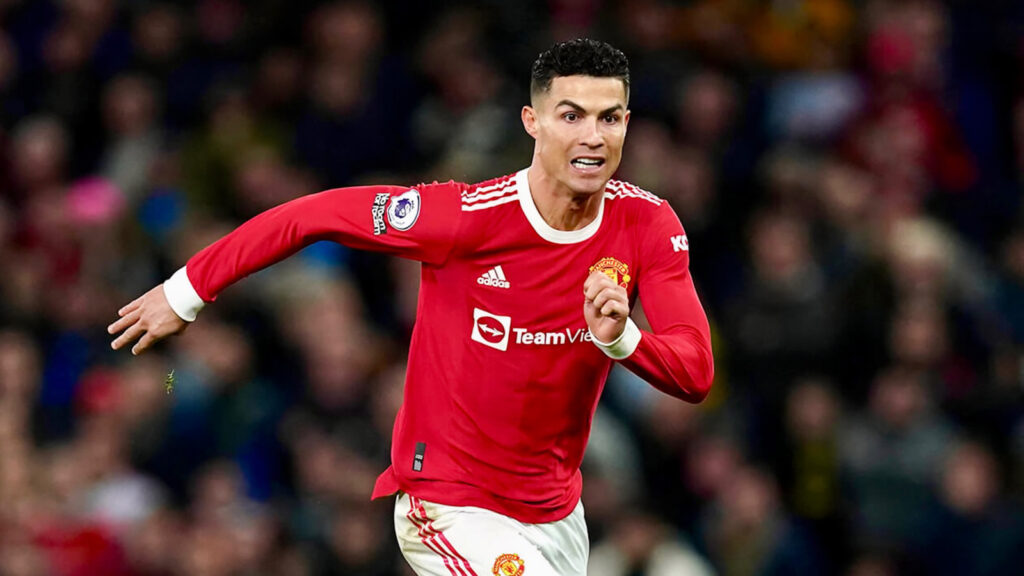In football, the winger is the attacking specialist whose role has evolved through the years. Originally wide out on the wings, wingers previously only had to run down the sideline. They beat their man for pace and control of the ball, and deliver quality crosses into the box for the forwards. These days, while those are still important tasks, contemporary wingers now also have other goal-scoring and creativity-based tasks. They are now being required not only to stay out on the wings but to cut inside, shoot, and even playmake.
In this article we look at what a winger is, from the early roles right up to the modern tactical evolution of the role.
Traditional Role of a Winger
Wingers are typically wide midfielders or forwards who line up along touchlines. Wingers are basically responsible for creating space ahead of defense, creating space for teammates and taking the ball into the box. Wingers played a crucial role in opening clogged defenses by drawing full-backs out of position and allowing strikers to play in space.
In this traditional formation, the right-footed individual would be on the right wing and the left-footed one on the left wing. This allowed them to make a straight run down the wing and cross the ball with their dominant foot. Classic wingers’ greatest characteristics are:
- Pace – Speed to outrun defenders.
- Dribbling – Rapid movement to outsmart full-backs in one-on-ones.
- Crossing – Accurate placement of the balls in the box.
Legends like Stanley Matthews and Ryan Giggs exemplified this role. They hugged the touchline, beat defenders for fun, and fed endless chances to central strikers.

Key Attributes of a Winger
Whether traditional or modern, wingers must possess certain core qualities –
Dribbling Ability
Dribbling is one of the most crucial skills for a winger. Since they frequently face defenders in one-on-one situations, the ability to control the ball in tight spaces and take on opponents is essential. Wingers often rely on quick direction changes, stepovers and tricks to get past defenders.
- Pace and Acceleration
Wingers need speed—both over short and long distances. Acceleration helps in sudden bursts to beat a defender, while top-end pace allows them to carry the ball into open areas. Quick players can also exploit tired defenses late in the game.
- Crossing Accuracy
A winger’s traditional end-product is the cross. High-quality crosses can lead to tap-ins, headers, or knockdowns in the box. Some wingers specialize in whipped balls, while others prefer cutbacks along the ground.
- Stamina and Work Rate
Wingers cover a lot of ground. They must frequently track back to support their full-backs and sprint forward again in counterattacks. High endurance and tactical discipline are needed to succeed.
The Evolution: From Providing Width to Cutting Inside
The modern winger does more than just hug the touchline. Coaches have started using inverted wingers – left-footed players on the right and vice versa – so they can cut inside onto their stronger foot and shoot or make through passes. This shift has given rise to more direct goal threats from wide positions.
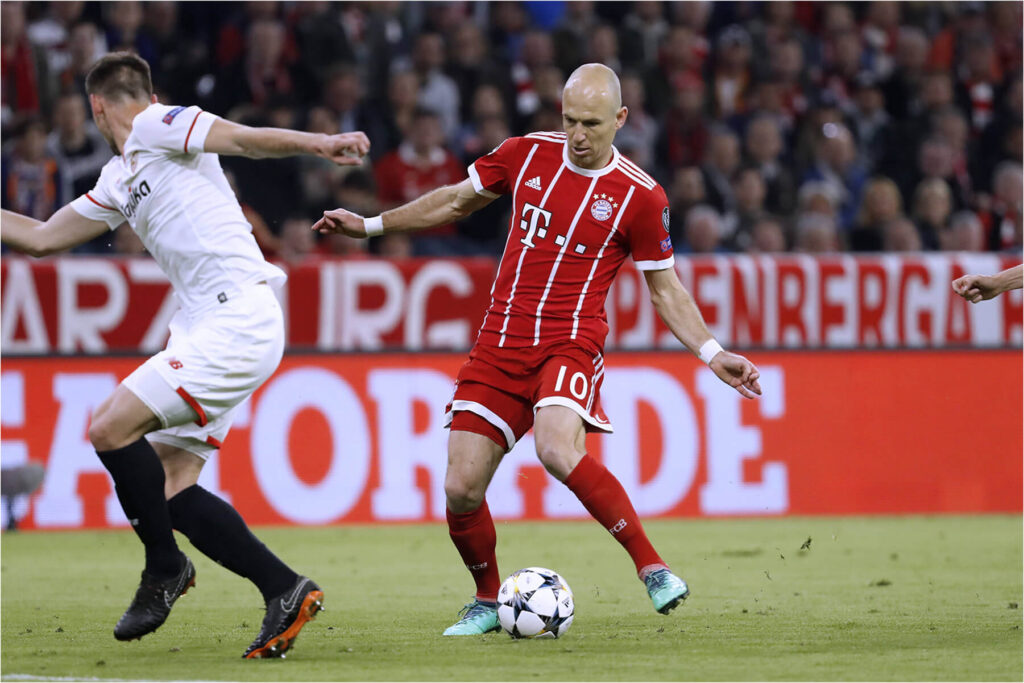
For example, Arjen Robben, a left-footed right winger, made a career out of cutting in from the right and curling shots into the far post. Similarly, Mohamed Salah and Riyad Mahrez are modern inverted wingers who regularly score goals by drifting centrally.
Modern wingers are no longer just wide outlets—they are part-time strikers, playmakers, and pressing machines.
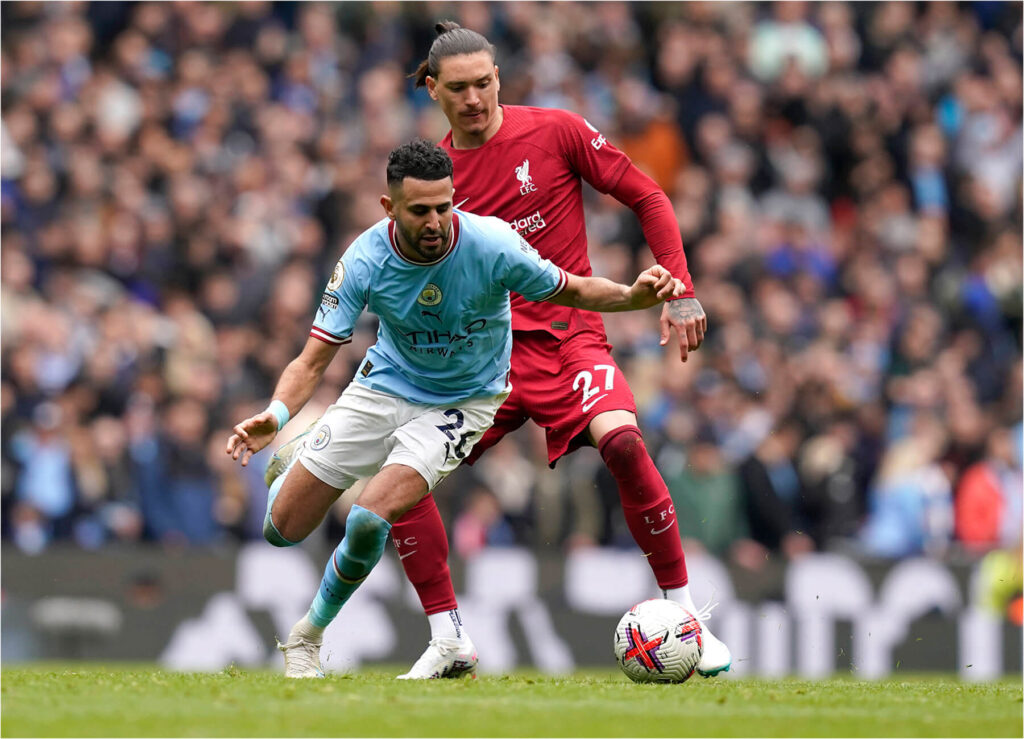
Tactical Variations and Responsibilities
1. Inverted Wingers
These players play on the opposite side of their stronger foot. Their main aim is to cut inside and shoot or make a final pass. Inverted wingers often create overloads in midfield and make central runs that confuse defenders.
2. Touchline Wingers
Still used in some systems, these wingers stay wide to maintain width and stretch the defense. They are especially useful when facing teams that defend deep and in numbers. A touchline winger’s ability to deliver precise crosses is key to breaking these compact lines.
3. Inside Forwards
This role is an advanced version of the inverted winger. Players start wide but drift centrally so often that they resemble second strikers. Cristiano Ronaldo during his early Real Madrid years often functioned as an inside forward, scoring regularly from wide positions.
4. Defensive Responsibilities
Modern football demands that wingers defend as well. Pressing high, tracking back, and supporting full-backs are now part of the job. A winger who cannot defend may leave their team vulnerable, especially against attacking full-backs.
Famous Wingers and Their Styles
Cristiano Ronaldo (Manchester United, Real Madrid, Portugal)
Initially a traditional winger, Ronaldo evolved into a goal-scoring machine by cutting inside from the left. His speed, dribbling, and shooting made him one of the deadliest wingers of all time.
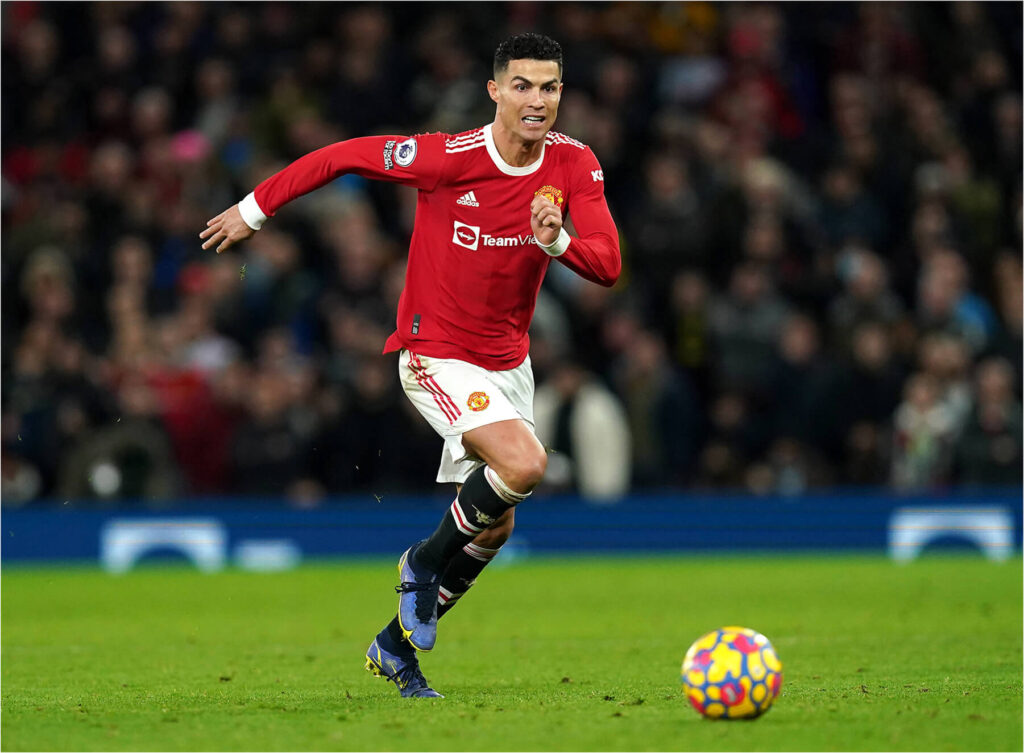
Lionel Messi (Barcelona, Argentina)
Although often labeled a forward or playmaker, Messi spent much of his early career as a right winger. As an inverted winger, he combined dribbling, vision, and finishing to incredible effect.

Sadio Mané and Mohamed Salah (Liverpool)
Under Jürgen Klopp, both players played as inverted wingers. Salah, especially, became the top scorer by frequently cutting inside from the right onto his left foot.

Heung-Min Son (Tottenham Hotspur)
Son can play on either wing and combines speed with excellent finishing. His ability to drift into central positions makes him a perfect example of a modern winger.
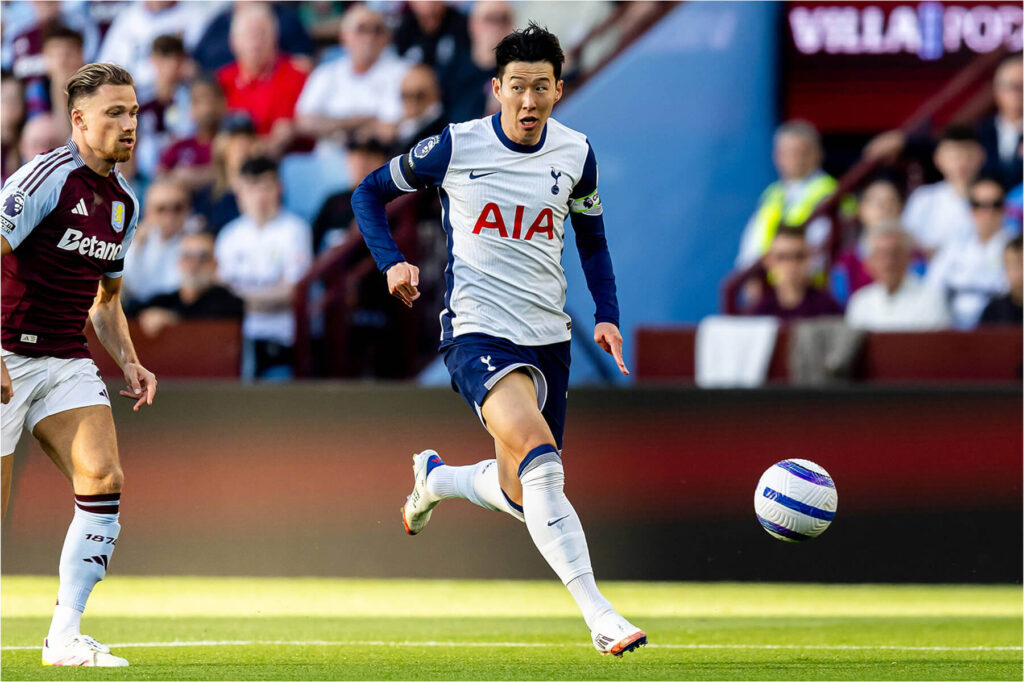
Wingers in Different Formations
Wingers are used differently depending on the team’s formation:
4-3-3 – Wingers are wide forwards, part of a front three. This system gives them freedom to attack but also responsibilities to press and cover space.
4-2-3-1 – Wingers here play behind a central striker and must link up with the attacking midfielder. They often switch sides or cut inside to combine in tight areas.
3-4-3 or 3-5-2 – In these systems, wing-backs provide the width, and wingers become more like inside forwards or second strikers.
The Future of the Winger Role
As football tactics continue to evolve, so will the winger’s role. With more emphasis on fluidity and positional rotation, wingers today need to be multidimensional. They must attack, defend, create, and score—all while making intelligent decisions on and off the ball. Youth academies now train wingers not only in wide play but also in finishing, passing under pressure and defensive positioning. The result is a new generation of wingers who are fast, creative, and lethal in front of goal.
The winger remains one of football’s most exciting roles. Whether stretching the field wide or cutting inside to unleash a shot, wingers bring flair, unpredictability, and goals to the game. As the demands of football change, so too do the skills and responsibilities of the modern winger. But at the core, the winger’s mission remains simple – beat defenders, create chances, and make an impact. Whether it’s the old-school touchline crossers or today’s inside-scoring threats, wingers continue to electrify fans and shape the outcomes of matches around the world.
